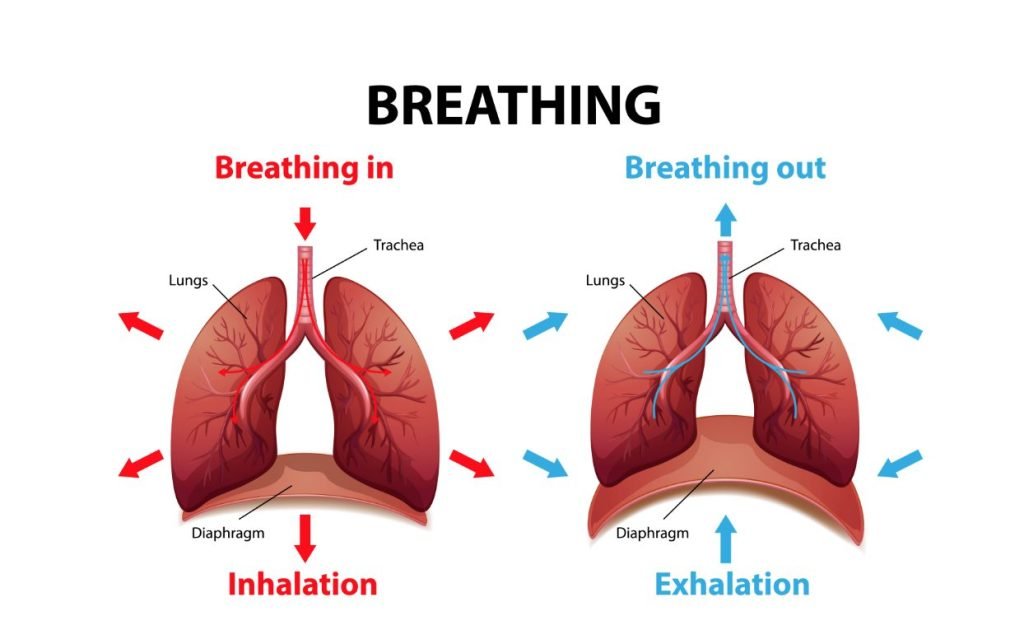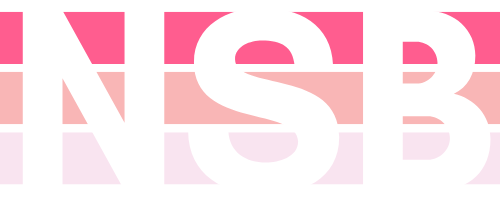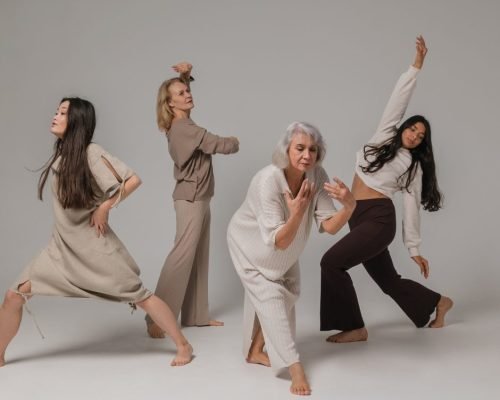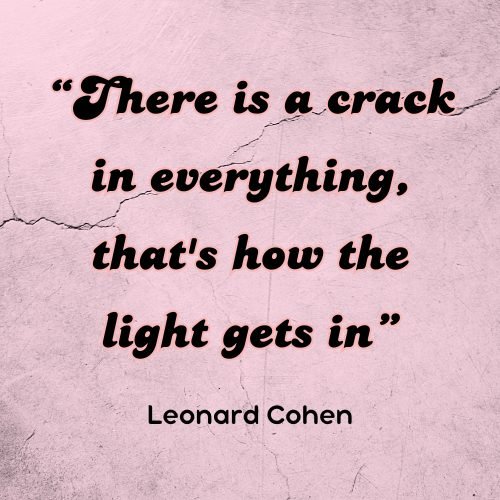Conscious awareness of the breath connects to the present moment and the body. All forms of breath work therapy are centred on the act of breathing inwards and outwards.

Each model incorporates its own particular exercises.
Breathwork has many Benefits. For centuries, people have sought spiritual awakening, self-healing, and meditative relaxation through breathing techniques.
Over the past few decades, controversy has surrounded the practice of certain kinds of Breath Work, The main concerns that breath work has been known to induce hyperventilation.
Hyperventilation may lead to physical issues including dizziness, tingling of extremities, heart palpitations, or muscle spasms. However, as part of a larger system of wellbeing practices, breath work can be transformative.
Breath work has roots in Eastern practices like yoga, Tai Chi, and Buddhism. However, most of the breath work therapy used today got its start during the consciousness-raising era of the 1960s and 1970s.
Some models emphasised self-awareness and inner peace. Others dealt with altered states of consciousness and psychedelic effects.
It is important to note that there are three types of breathwork, each will have a different effect on
the nervous system, they are:
- Shamvat/Calming – these practices will calm and settle the nervous system, leaving you feeling relaxed and peaceful
- Sampad/Balancing – these practices are designed to bring balance to the systems of the body
on both a physical and an energetic level, for example, these practices are said to balance the
right and left hemispheres of the brain on a physical level and to balance the solar and lunar
enegry in the body - Uttejack/Exciting – these practices will amp up or excite the nervous system bringing energy
to the systems of the body.
Pranayama (The Fourth Limb of Classical Yoga)
Breath work in classical yogic traditions is the considered the gateway between body and mind, that, is the bridge between ASANA – Posture, and DHARANA – Focused Concentration to DHYANA – Meditative Absorption .
The word Prana means ‘energy’ or ‘life source’. It is often described as the very essence that keeps us alive, as well as the energy in the universe around us. Prana also often describes the breath, and by working with the way we breathe, we affect the mind in a real way.
Pranayama is the fourth limb of Raja yoga, or classical Hatha, often utilised as the preliminary tool for training the sensory mind (manas) and attentional awareness.
Pranayama vs Breathwork
Pranayama and breathwork are not the same practice, the main difference between pranayama
and breathwork is, with pranayama students must use locks or bandhas, these are particular
areas in the body that must be contracted and closed off in order to hold and guide the prana, that
has been delivered via the breath, in certain areas of the body.
Breathing practices with locks can be difficult to learn as can classical pranayama techniques, they
need to be taught and practiced by people who are well experienced in order for the practices to
be done safely.
Breathwork on the other hand is simple to practice, there is no special knowledge of locks or
banhas required yet breathwork is still extremely effective in creating greater heath and well-being
for students.
The benefits of breathwork are still profound and transformation without the teacher or student
requiring any special skills or abilities, this makes breathwork suitable for most people, while pranayama is only suitable for those who have had lots of experience with breathing practices.
In the yoga, breathwork would often be taught as pre-pranayama until the student is ready to learn
locks and longer breath holds.
Tai Chi, Qigong and other Taoist Practices
In esoteric Taoist practices (the third wave of Taoism), breathing features heavily. These are usually incorporated into Tai chi (太極, Tàijí, short for 太極拳, T’ai chi ch’üan or Tàijí quán in Chinese Mandarin), Qigong (气功, Qìgōng, also known as Chi kung or Chi gung) and other meditative practices as techniques to connect with the natural force of Qi (气, Qì, loosely translating as ‘life force energy’ from the Chinese) through the body and breath. Some of these techniques include connecting the breath with the ground beneath us (as in breathing in from the ground), microcosmic orbit breath work (connecting to the circular flow of energy within the body), and organ breathing (sending our attention and awareness to the energetic qualities of our organs).
Rebirthing Breath work
Rebirthing Breath work, also known as Conscious Energy Breathing, was developed by Leonard Orr. It focused on the traumatic experience of birth claiming to be capable of releasing suppressed traumatic childhood memories.
After allegedly re-experiencing his own birth in his bathtub, Leonard Orr was inspired to help others find the same inner peace. The goal of Rebirthing is to help people release energy blockages that have been stored in the body and mind due to suppressed trauma. In treatment, participants are asked to lie down, relax, and breathe normally. Through the use of “conscious connected circular breathing”, inhibitions surface. The tensions of past trauma are then illuminated. Deep relaxation is used to promote brain waves that lead to the release of subconscious issues and pent-up energy.
Holotropic Breathwork
Following the suppression of legal LSD use and clinical experimentation in the late 1960s. Stanislav Grof had to stop his LSD-based psychedelic therapy, So he developed Holotropic Breath work, with his wife, Christina Grof,
Holotropic Breath work uses breathing and other elements to allow access to non-ordinary states of consciousness. The goal is to achieve “wholeness” of mind, body, and spirit. Sessions are facilitated by certified practitioners who have completed the Grof Transpersonal Training program. With the aid of “evocative” music and occasional bodywork, participants are guided through breath exercises while lying down. This is meant to induce altered states of consciousness. Holotropic Breathwork is often conducted with groups. This allows people to work in pairs and support each other’s processes. Participants usually create mandalas related to their breathwork experience immediately after the group breathing exercises. Sessions end with sharing and discussion. This helps participants integrate what they have learned about themselves.
Since the 1970s, the field of breath work therapy has grown further.
Integrative Breathwork
In 1991, Jacquelyn Small founded Integrative Breathwork. This approach is based on her work in Holotropic Breathwork alongside Dr. Grof.
Integrative Breathwork combines accelerated breathing with evocative music, mixed in a specifically designed, high fidelity playlist, typically with eyes closed and lying down, each person utilising their own breath and the music to experience a non-ordinary state of consciousness. Participants are provided with recommendations on how to set up their environment and what to have with them.
Integrative Breathwork has proven to lower blood pressure, relieve anxiety, and alleviate stress along with allowing participants us to access, release and integrate trauma, memories, and emotions.
Clarity Breathwork
Clarity Breathwork was established in 1999 by Ashanna Solaris and Dana DeLong (Dharma Devi). Formerly known as and evolved from Rebirthing Clarity Breath work is a powerful process of healing and transformation. It deeply supports the clearing away of old energies, patterns, conditioning, negative thoughts, and emotions and ‘opens the mind for new life and greater consciousness’ it is used along side counselling.
Wim Hof Method
Wim Hof markets a regimen, this method involves three pillars: cold therapy, breathing and meditation. The goal of the Wim Hof Method is to teach you to develop mastery over your nervous, immune, and cardiovascular systems to help you be happier, stronger, and healthier.
There are many variations of the breathing method. The basic version consists of three phases as follows:
1. Controlled hyperventilation (the first phase involves 30 cycles of breathing. Each cycle goes as follows: take a powerful breath in, fully filling the lungs. Breathe out by passively releasing the breath, but not actively exhaling. Repeat this cycle at a steady pace thirty times. Wim Hof says that this form of hyperventilation may lead to tingling sensations or light-headedness),
2. Exhalation (after completion of the 30 cycles of controlled hyperventilation, take another deep breath in, and let it out completely. Hold the breath (with lungs empty) for as long as possible), and
3. Breath retention (when strong urges to breathe occur, take a full deep breath in. Hold the breath for around 15 – 20 seconds and let it go. The body may experience a normal head-rush sensation). These three phases may be repeated for three consecutive rounds.
Clarity Breath work
This expanded upon the principles of Rebirthing to include a more generalised approach to trauma and therapy.
The most important element when sitting for breathwork is to sit comfortably with good posture,
this is because bad posture or slouching will limit the range of movement and it will limit ones ability to breathe.
Try sitting with bad posture now, slouch over like you have been sitting in the same spot for
hours, find a bad posture, then, try to take a deep belly breath in, you will find that it is difficult, if
even possible at all, now, try to sit tall, with your back comfortably straight and take a deep, belly
breathe in, you will likely find it much easier.
For general breathwork, you can sit comfortably on the floor or in a chair, the main element with breath work is good posture and a straight spine, let the shoulders relax down the back, hands can rest in the lap.
You can also do some breath work practices laying down, in meditation, we would generally not
lay down to practice because we might fall asleep, with breathwork however, there are certain
breathing practices that could be done comfortably while laying down on the floor.
There is a type of breathing known as paradoxical breathing, this is where the diaphragm doesn’t
move down properly on the inhale, this often occurs because of a tight or tense abdominal wall,
over time a breathing pattern is developed where the belly moves in on the in breath and out on
the out breath, the belly should always draw out on the in breath.
Summary
There have been few scientific studies conducted on various forms of Breath Work since various breathing practices are often studied in combination with other practices, such as Asana (the third limb of classical yoga) and various forms of meditation. Additionally, some studies have reported that people may also find the effects of various forms of breath work distressing. Breath Work is reported to benefit people experiencing issues such as anxiety, chronic pain, anger, depression, trauma and Post-traumatic Stress Disorder (PTSD) and grief and loss.
There are many forms of Breath Work that have emerged over the last few decades. These include: Vivation, Integrative Breathwork, Transformational Breathwork, Shamanic Breathwork and Zen Yoga Breath work.
Contraindications of Breathwork
Breathwork is a safe and gentle practice, however, because the breath is being changed it is important to know some of the contraindications involved with breathwork.
- Hyperventilation – this is a type of rapid, over breathing that can leave a person feeling
breathless. Over breathing can cause a person to breathe out too much CO2, low CO2 levels can lead to narrowing of the blood vessels that supply blood to the brain, this can leave a
person feeling lightheaded, it can also cause changes in vision, problems with concentrating,
headaches, twitching or loss of consciousness. You may also see this type of breathing in a
person that is anxious or a person that is experiencing a panic attack. In this situation, the
person is breathing out too much CO2, you may have seen this type of situation before and the
person is handed a paper bag to breathe into, this actually works because the person is able to
breathe back in the CO2 that they are breathing out. If a person in your class is panicking or is
hyperventilating give them a paper bag or something similar to breathe into, if there is nothing
like this on hand, get the person to cup their hands around their nose and mouth and breathe
into their cupped hands, this will work well enough. - Hypo-ventilation – this is the opposite of hyperventilation, hypo-ventilation is a respiratory
depression in which the breathing is too shallow or too slow to meet the body’s needs, there is
a lowered ability for respiratory gas exchange resulting in an increase in the concentration of
CO2. Hypo-ventilation is often a precursor to hypoxia. - Hypoxia – this occurs when the body does not have enough oxygen to supply to the cells of
the body in order to maintain homeostasis, this can cause damage to the tissues of the body,
people experiencing hypoxia may feel confused, they may start to cough and their breathing
and heart rate may increase. - Lightheaded, dizzy or fainting – these are often symptoms of hyperventilation, make sure that
any person experiencing this is sitting down, try to keep them calm and get them to breathe
into a bag or into their hands. - Medical condition – some medical condition such as glaucoma and high blood pressure
should avoid breathing practices that cause any increased pressure in the head due to breath
holds.
Some breathing techniques that are taught in classes, such as advanced pranayama and the Wim
Hof method, induce states of hyperventilation and intermittent hypoxia as these are said to have
some health benefits, we do not teach any of these methods in this course as they require specialised training.




